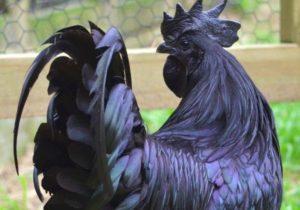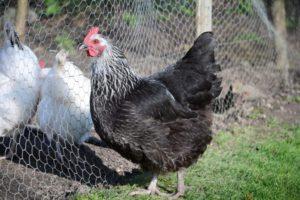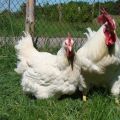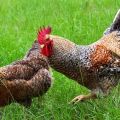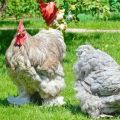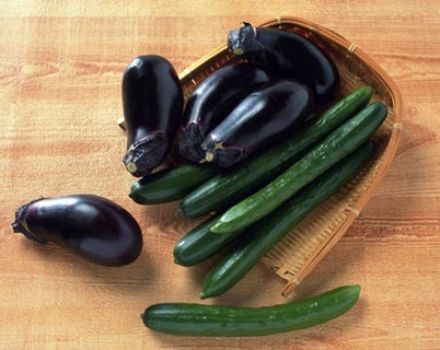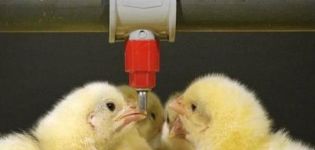Description of broilers of the Arbor Aikres breed and maintenance rules
The Arbor Aykres broiler is considered to be quite popular. These birds are highly productive and have dietary meat. To achieve success in growing them, you should strictly follow the recommendations of specialists. To do this, it is recommended to properly organize the poultry house, provide quality care for the birds, and choose a balanced diet. Timely vaccination is of no small importance.
Characteristics and description of broilers Arbor Aykres
The Arbor Aycres breed is considered the result of joint trials by French, American and British scientists. As a result, it was possible to obtain a bird without the use of transgender technologies. The key advantages of the breed are its impressive size, excellent performance and excellent meat quality..
Appearance of the breed
These birds are distinguished by their strong body and large size. They are covered with white feathers that fit snugly around the body. The skin has a yellow tint. There is a leaf-shaped comb on the head. It is characterized by a pink-red hue.
The neck and legs are rather short. The head is small. The eyes have a rich orange tint. This breed is characterized by a wide chest, which allows you to get a large amount of dietary meat.
There are also other broiler crosses. Popular breeds include Cobb-700, Ross-308. Hubbard chickens are popular.
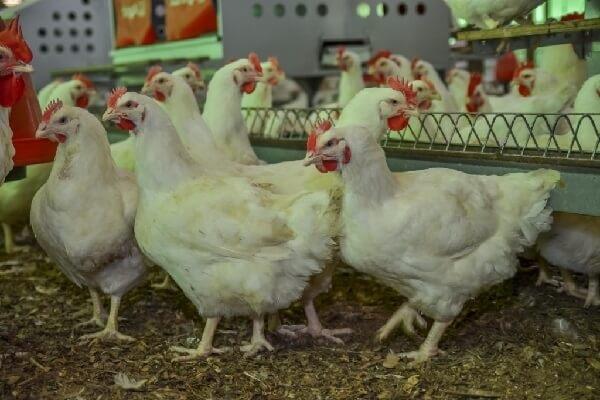
Productive indicators
These birds are considered to be highly productive. They are rapidly gaining mass. Thanks to this, they can be sent for slaughter literally in 2-3 months. Initially, the cross was bred as a meat breed. Therefore, scientists have focused on the rapid increase in body weight.
Growth dynamics and weight gain
At 1 month of life, chickens weigh 2 kilograms. The total body weight can reach 5-6 kilograms. With a balanced diet, weight gain after the first month can occur in literally a week.
Puberty and egg production
Chickens mature only by 8 months. 1 bird lays no more than 120 eggs. They are characterized by small size and weigh no more than 55 grams. The shell has a white tint and a smooth surface.
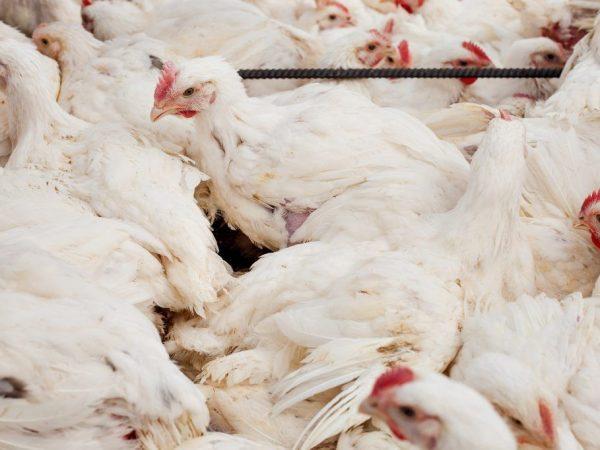
The nature of the birds
These birds are distinguished by their peaceful nature. They do not conflict with other birds, therefore they get along well with other representatives of the livestock. Experienced farmers claim that birds are shy.But with the right house setup, they won't worry. Feathered people are friendly to people.
Pros and cons of the breed
This hybrid has many advantages:
- high growth rates and weight gain;
- natural yellow skin color;
- healthy meat;
- large breasts.
The key disadvantages of chickens include thermophilicity and high sensitivity to infectious pathologies.
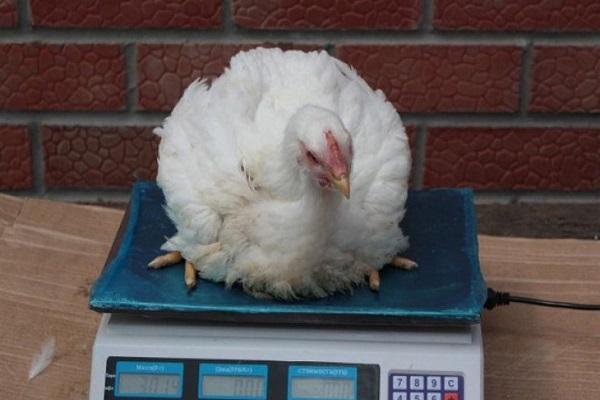
Content rules
Chickens of this breed require compliance with the basic conditions of detention. The health and development of birds depends on them.
House requirements
When organizing a room for chickens, it is worth considering the following features:
- provide a suitable microclimate - birds hardly tolerate drafts;
- use ventilation and control humidity parameters - they should not be very high;
- control the cleanliness of the room - systematically disinfect.
Cleanliness is considered a key requirement for a chicken coop. Before settling the birds, it is important to put the room in order. Subsequently, it is worth systematically cleaning up. Disinfecting procedures are recommended every month. At the same time, you should not use household tools for processing.
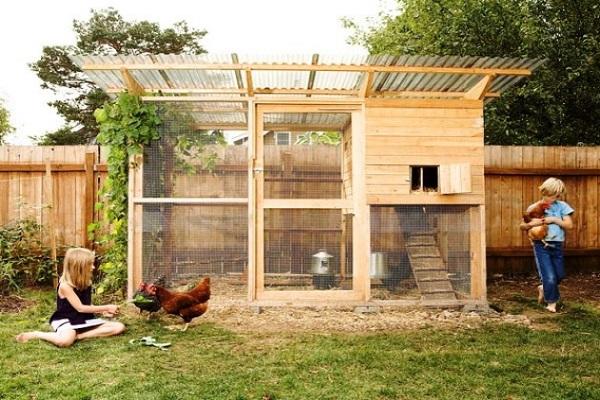
Experts advise using special solutions that are intended for the chicken coop. Chemicals can poison birds. There are no aggressive components in the composition of special solutions. Therefore, they are completely harmless to birds.
After cleaning is completed, the floor should be covered with a mat. It should include hay or straw. These components are mixed with wood chips.
Maintaining an optimal temperature is also important. It should be +20 degrees. The humidity indicator should not exceed 70%. In the hen house, it is worth organizing full ventilation. This will help to avoid the active development of pests and bacterial microorganisms.

Arrangement and size of the courtyard
It is recommended to protect the area for walking birds from other animals and birds. It should be borne in mind that chickens of this breed are quite disturbing. Therefore, it is recommended to protect them from the influence of stress factors.
Molting and break of egg production
For the first time, birds change feathers at an early age. In this case, the first fluff is replaced with hard feathers. Chickens usually do not live up to seasonal molting, since large carcasses can be obtained in literally 2-3 months.
If the herd is kept for a long period of time, molt occurs at the beginning of autumn - at the time of decreasing daylight hours. There is no active clutch of eggs at this time. It takes 2-3 months to resume plumage.
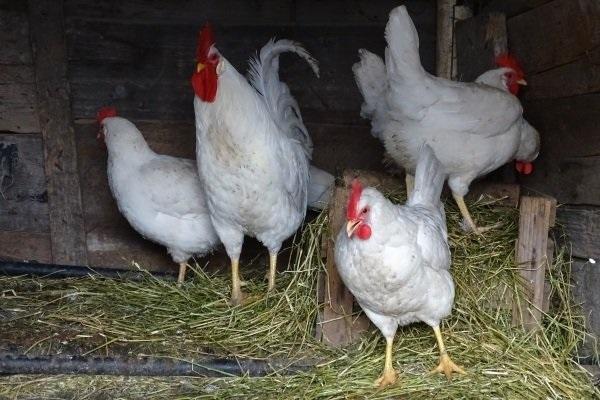
Planned herd replacement
Birds go to slaughter in 2-3 months. Therefore, there are no specific dates for replacing the livestock. It is important to bear in mind that keeping broilers for more than 1 year is not profitable. Even if the feed consumption is low, the costs after the end of the growth phase are quite high.
Feeding features
Broilers are characterized by rapid growth. Therefore, it is recommended to very carefully select the diet of birds.

Adult birds
The menu of adult birds is 80% finished feed. It is allowed to give it to chickens older than 1 month. This feed is considered the base. It is recommended to mix additional components with it - 30% wheat, 10% barley, 20% millet.
Waste is also used in the form of dry bread crusts, vegetables, eggshells. Broilers need fermented milk products. 1 bird should be given 15 grams of cottage cheese per day.
For the entire period of development, the bird consumes 6 kilograms of feed. It is recommended to introduce valuable additives into the diet - for example, yeast. For 1 bird, you should use 1 gram of the product.
Sources of vitamins can be cabbage and carrots. They should be introduced gradually, starting at 5 grams per day. Gradually, this volume is increased to 30 grams.
For better digestion of food, fine gravel should be placed in a separate bowl. Drinkers should always have clean and fresh water. It is recommended to change it twice a day.
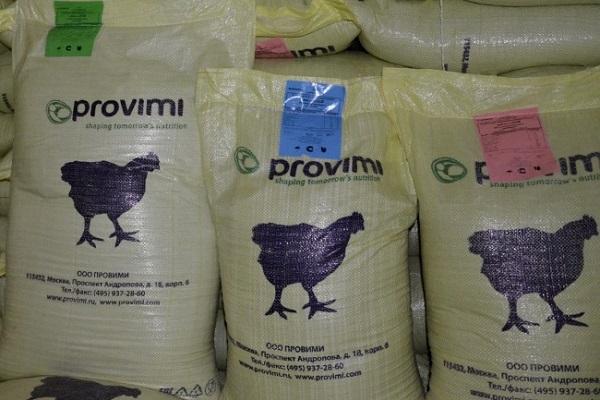
Chicks
Chickens do not take natural feed well. For them, only specialized feed is suitable. If this recommendation is violated, there is a risk of severe digestive disorders.
Food for chicks should be selected based on age. It is recommended to take into account the information on the packaging. At 1-5 days, the chicks are fed with ready-made prelaunch food, at 6-30 days they switch to the starting one. It is recommended to buy compound feed in specialized stores. In this case, it is worth considering the shelf life and integrity of the package.
From day 3, chicks are given fresh herbs. In winter, it is permissible to use sprouted cereals. Herbal flour is also a good option.
Sufficient fluid is essential. Chicks should drink plenty of water when consuming dry feed. In addition to compound feed, it is worth using vitamin supplements. They are given taking into account the age.
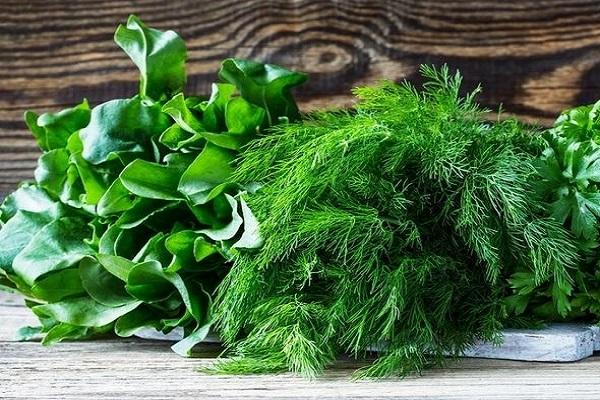
Chickens need disinfecting solutions to protect the weaker organism from viruses and bacteria. On the 3rd day of life, the chicks are given Baytril. This antibacterial drug is used for preventive purposes.
For the prevention of coccidiosis for 14 days, the birds should be given Baycox. To do this, 1 gram of the substance is mixed with 1 liter of water. In addition, fish oil is given to birds as a vitamin supplement. 1 chicken needs about 1 gram of substance per day.
2 weeks after birth, the chicks need calcium. To do this, use crushed chalk or eggshells. Shells work well as well. It is recommended to use 10 grams of such substances per 1 kilogram of feed.
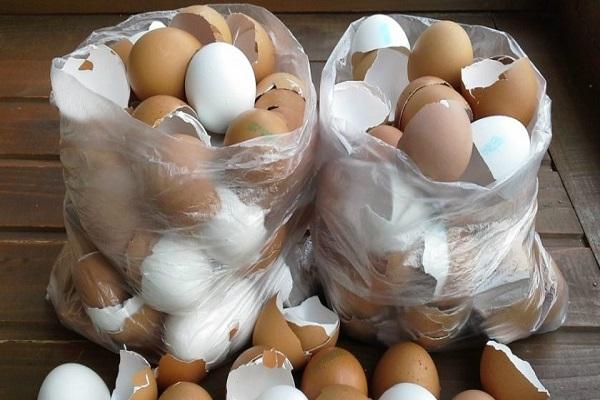
Breeding chickens
The study of the characteristics of the breed indicates that these chickens are not suitable for domestic breeding. They are distinguished by a poorly developed incubation instinct. In addition, the maternal instinct is lost in layers. Also, chickens do not adopt the genetic characteristics of their parents. Therefore, incubation is considered absolutely meaningless.
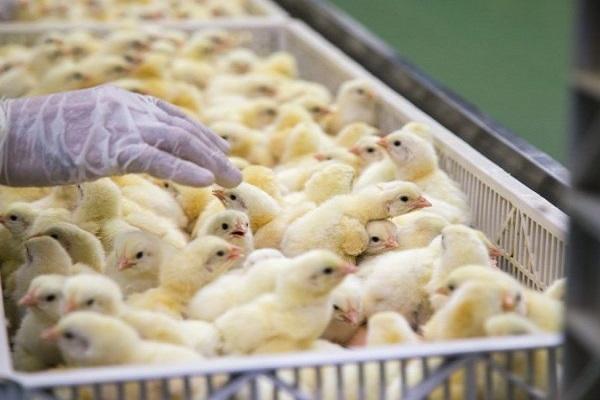
Diseases to which the breed is susceptible
These birds are not very healthy. They are especially susceptible to viral infections. To avoid bacterial pathologies, experienced farmers use antibiotics. It is recommended to give such funds to chickens. This will help reduce the risk of dangerous diseases to a minimum..
If an infected individual is found in the livestock, it is recommended to isolate it from the rest of the chickens. To avoid the development of pathologies in the cold season, it is worth monitoring the temperature parameters in the poultry house. This will help minimize the chances of developing viral infections. Compliance with hygiene rules and ensuring a balanced diet are important.
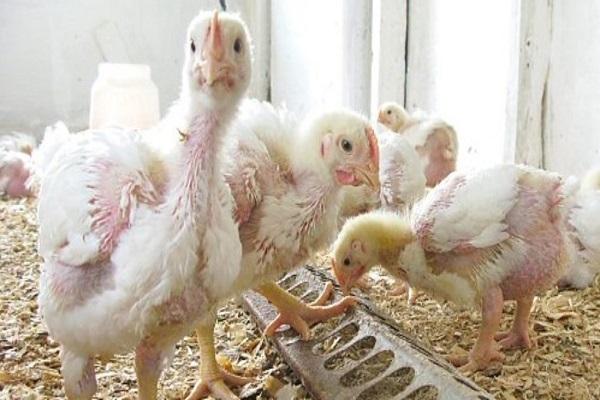
Arbor Aykres broilers are popular with farmers. A characteristic feature of the breed is considered to be fast growth and the ability to obtain dietary meat.
In order for the chickens to develop normally and not get sick, it is recommended that they provide quality care.
